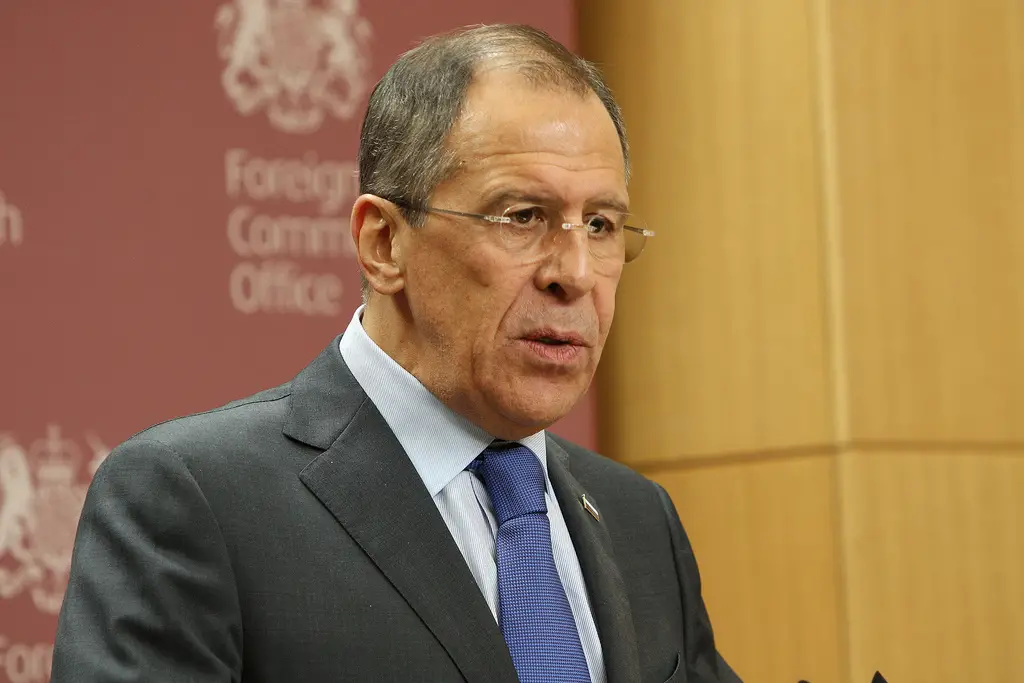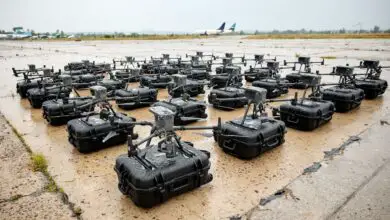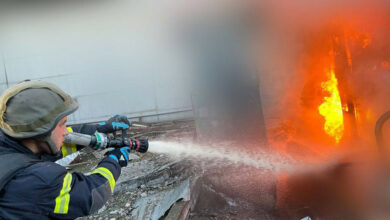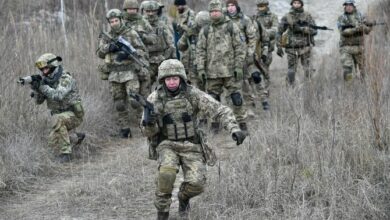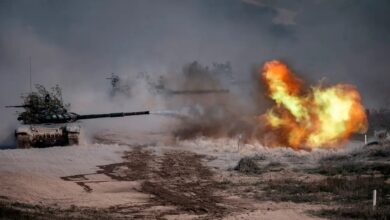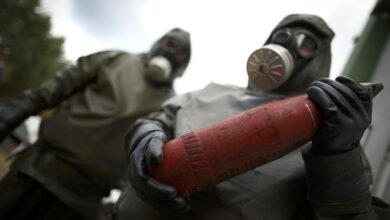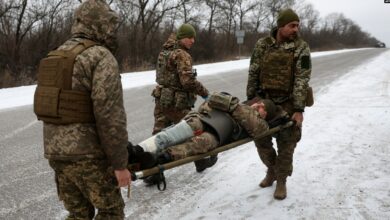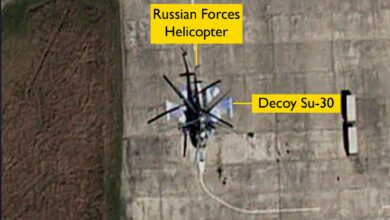Russian Foreign Minister Sergey Lavrov’s recently completed trip to Africa reveals how Russia’s investment in natural resource projects across Southern Africa is also increasingly tying it to the region’s security issues in a way not seen since the Cold War.
Lavrov’s trip to Africa included key stops in Zimbabwe, Angola, Namibia, Mozambique and Ethiopia.
Several of these countries are major sites of Russian investment. Russian mining company Alrosa is involved in diamond mining in Angola. The Russian energy company Rosneft, of which China also owns a significant stake, is seeking to prospect for off-shore gas deposits in Mozambique. Most important of all, a consortium of Russian and Zimbabwean are investors involved in the development of a $3 billion platinum mine located in Darwendale – not far from Zimbabwe’s capital.
Insurgency in Mozambique
Lavrov’s visit to Mozambique and the signing of a defense cooperation agreement between the two countries comes at a critical time.
The former communist country recently reached a deal with Mozambican National Resistance (RENAMO), an armed opposition group, to integrate it into the military. If the deal is successful it could be the final chapter in the Mozambican Civil War which raged from 1977 to 1992 as RENAMO, an anti-communist group, battled with the Soviet-aligned Mozambique Liberation Front (FRELIMO) for control of the country.
In 2013, RENAMO began a low-level insurgency after it said FRELIMO had failed to live up to the terms of the agreement regarding RENAMO’s integration. RENAMO members and the FRELIMO government are currently implementing new measures to integrate the armed forces.
Mozambique also faces another insurgency that has important geopolitical considerations for Russia. The unrest in on Cabo Delgado, a Muslim-majority province in northern Mozambique, is where Gasneft had planned to work jointly with the U.S.-based oil giant ExxonMobil to drill for petroleum offshore.
Last year, Ansar al-Sunna, or Followers of the Traditional Path, emerged as a new terrorist threat in that province. The Mozambican group also known as “al-Shabab” (separate from the group of the same name operating in Somalia) launched a well-planned attack involving roughly 30 militants which overran three police stations in the small town of Mocimboa de Praia.
Ansar al-Sunna pledged not to harm the locals and to refuse all state services or taxes. The group also disavowed any relationship to international groups.
The Mozambique government re-occupied the town in short order but the group may have been behind another attack in January, and since then over 300 people have been arrested as part of a widening crackdown.
“We are of course very worried about the situation in Mozambique, it is our neighboring country,” said a Zimbabwean intelligence official who agreed to speak to The Defense Post about the situation off the record. He said that Salafi jihadist terrorism is virtually unknown in Southern Africa.
Zimbabwe’s mineral wealth
Lavrov also visited Zimbabwe during his trip, and it was not his first visit. In 2014, the Russian foreign minister was Zimbabwean President Robert Mugabe’s guest of honor at the official launch of the platinum project. The project has since stalled and this trip four years later was meant in part to revive it. As with his other stops in the region, Lavrov also signed important military agreements between the two countries. Rostec, one of Russia’s most important weapons manufacturers, is one of the investors in the Darwendale platinum mine. The substance has a variety of potential defense uses.
Lavrov’s 2018 trip including the signing of cooperation agreements in the military sphere and an effort to re-invigorate the platinum project.
“This relationship pre-dated the recent political transition and Zimbabwe’s mineral wealth, Russia was an ally even during the time of sanctions,” said Godfrey Chimbganda, a civil society leader who worked on a trade process agreement between Zimbabwe and the United Nations Industrial Development Organization (UNIDO) last year.
Security ties with Angola
Another old friend of Moscow’s is Angola. The Soviet Union, the Russian Federation’s predecessor, recognized Angola’s MPLA government decades before the United States. Luanda continues to have an appetite for Russian-built weapons. The country received the first of its of its Su-30Ks last year and could potentially order more of the Russian heavy fighter jets.
Russia’s interest in Angolan resources is driving the development of expanded security ties. Alrosa, a Russian firm, is developing the Katoka deposit, the largest diamond deposit in the country. MPLA officials are also increasingly worried about terrorism. Only the due diligence of the Angolan security services may have prevented a terrorist attack in that country in 2016.
“It was a very short trip with few surprising developments,” said Emilson Angelo, an expert on Angola at Royal Holloway, University of London. “Angola asked Russia to invest more in the petroleum sector. But, perhaps the most important discussions were regarding Russian-built AngoSat1, which is Angola’s first geostationary communication and was launched last year.”
Russia may also be interested in the development of an overseas naval facility in Southern Africa. In 2014, Lavrov denied Russia had plans to build a naval base in Seychelles, although India has recently announced plans to build a base there. With American, French, Italian, Chinese, Japanese and soon Saudi military bases in Djibouti, it would not be surprising if Russia seeks to develop a naval base somewhere in the Indian Ocean as a show of prestige and to allow it flexibility in strategic planning.

